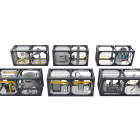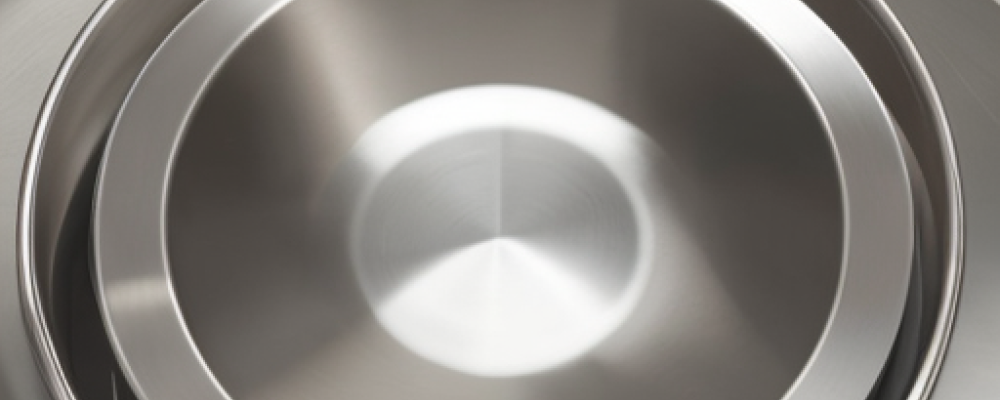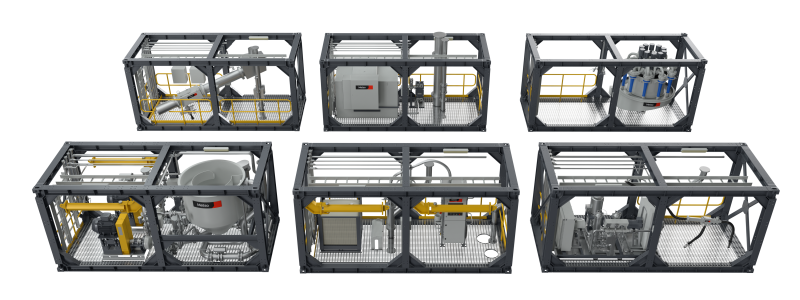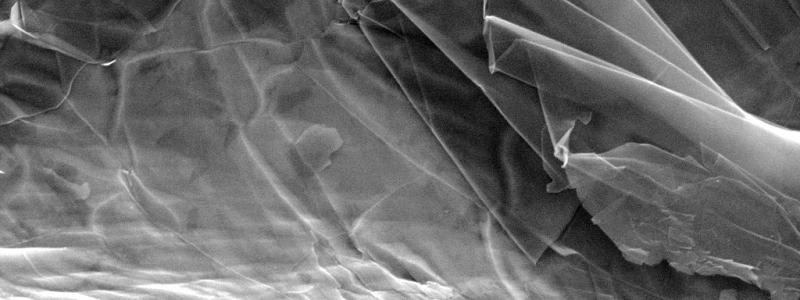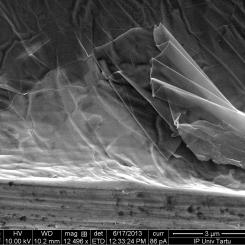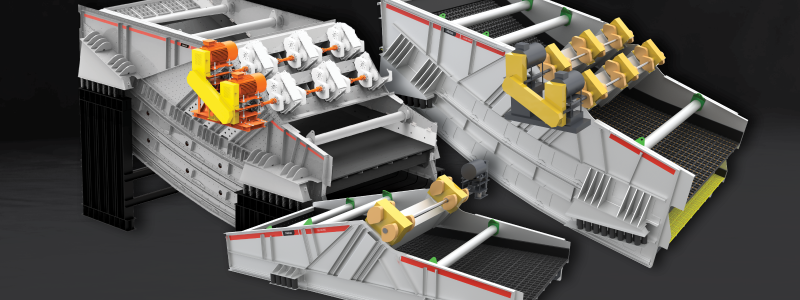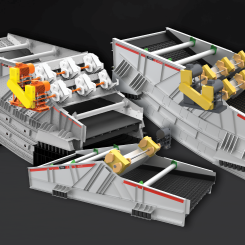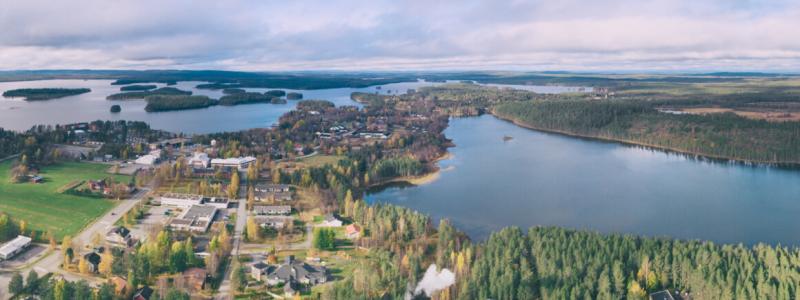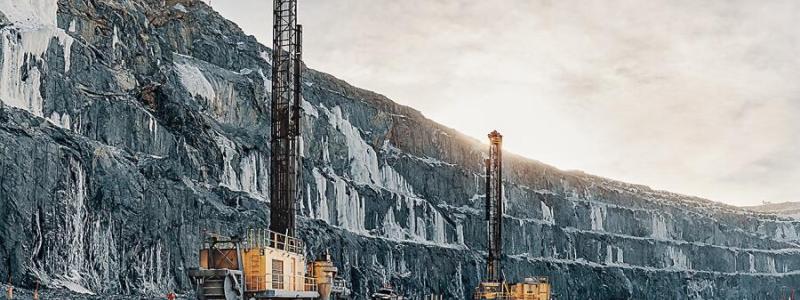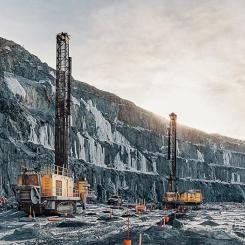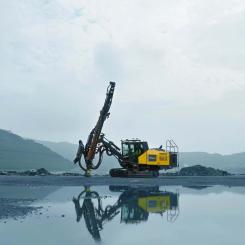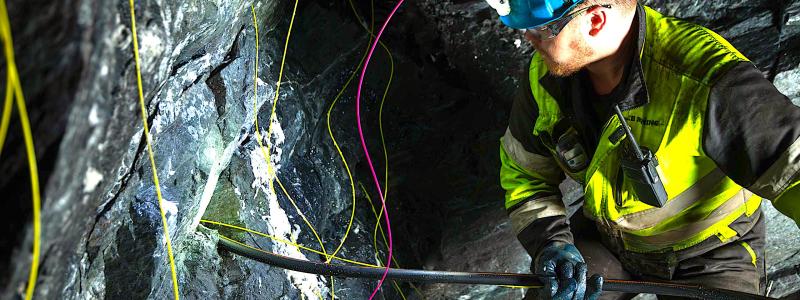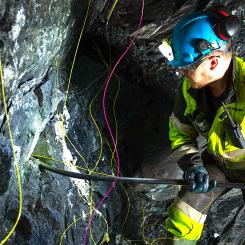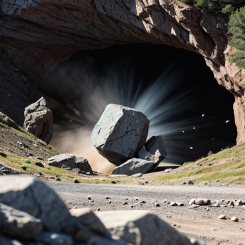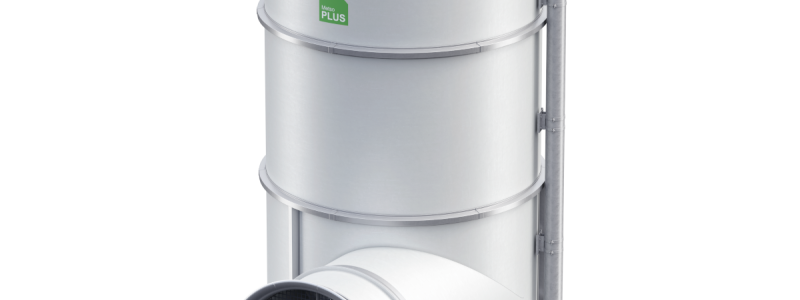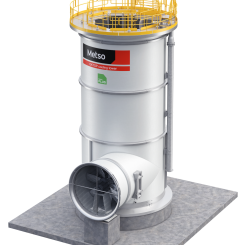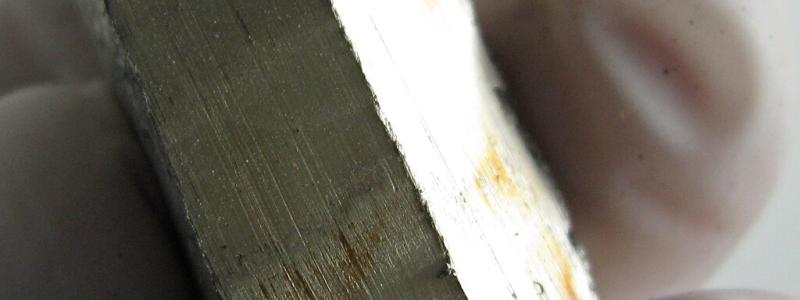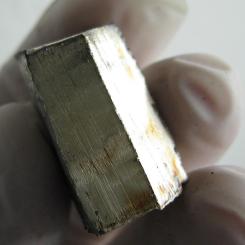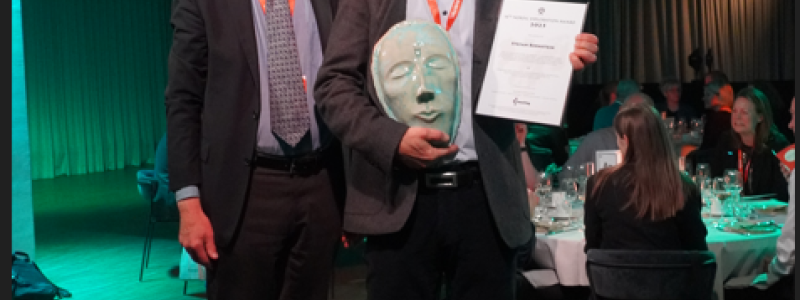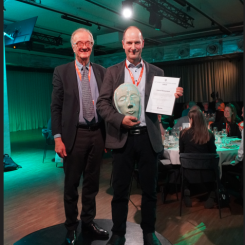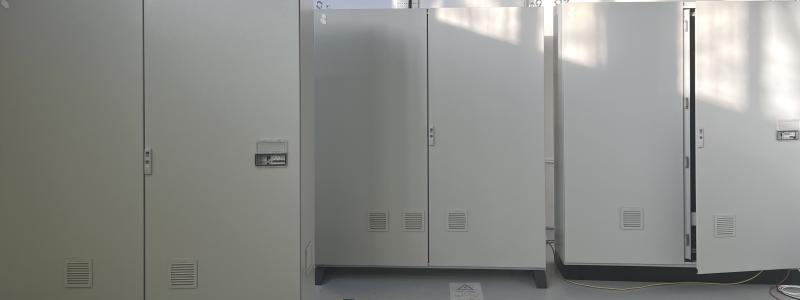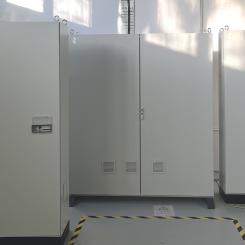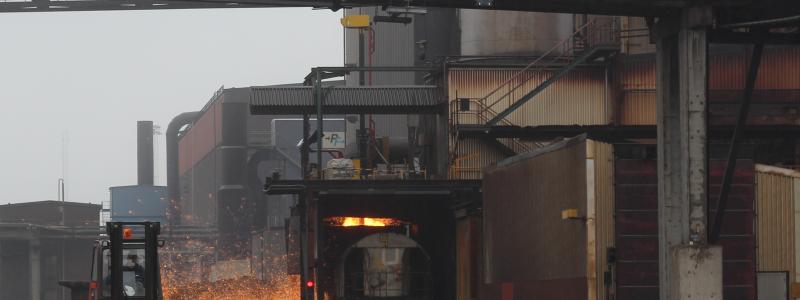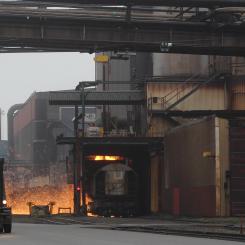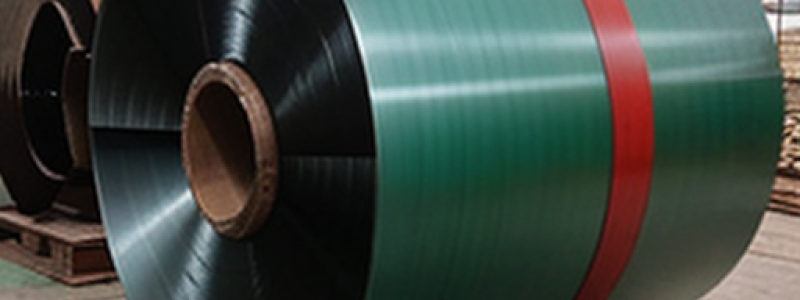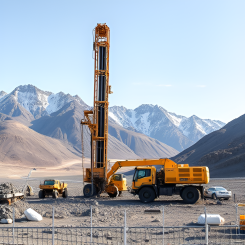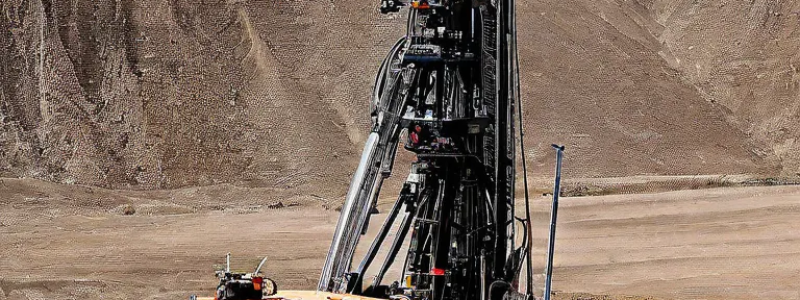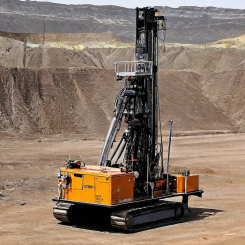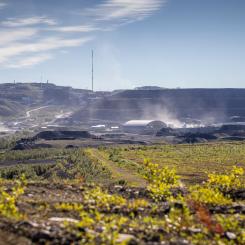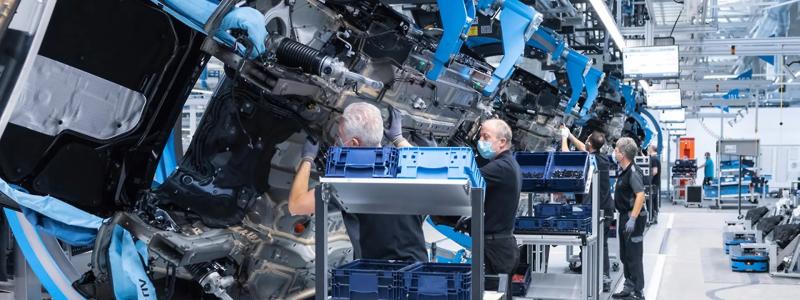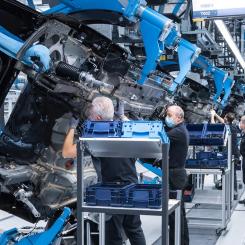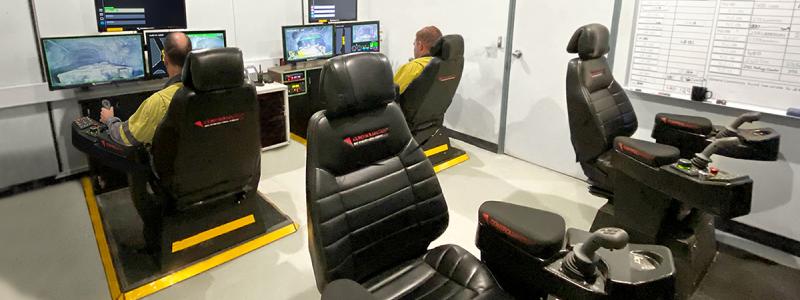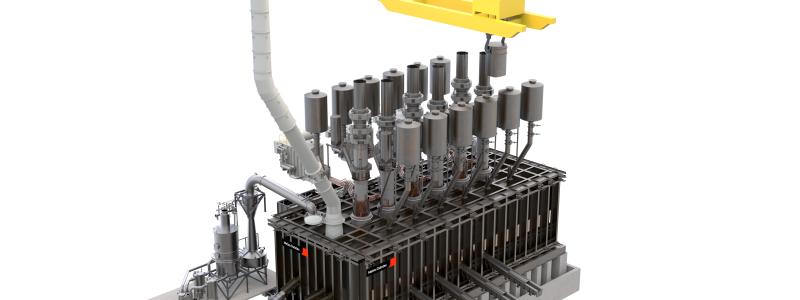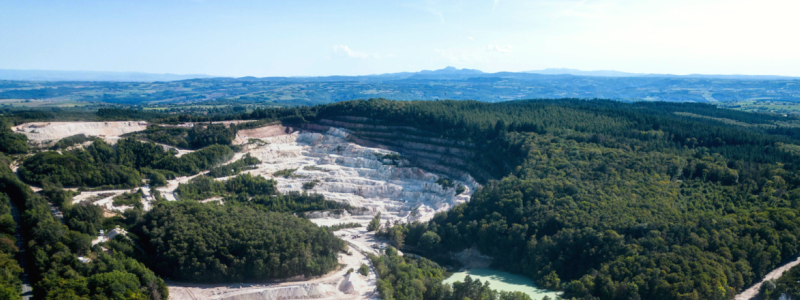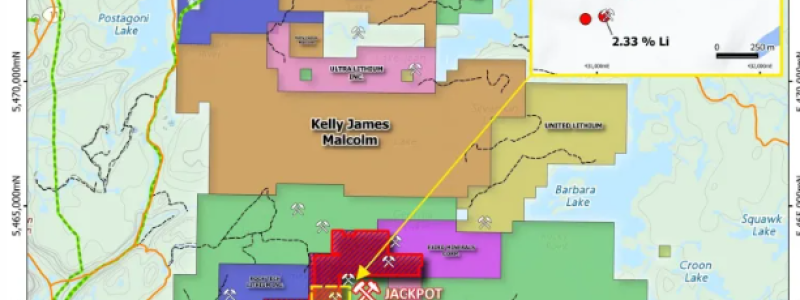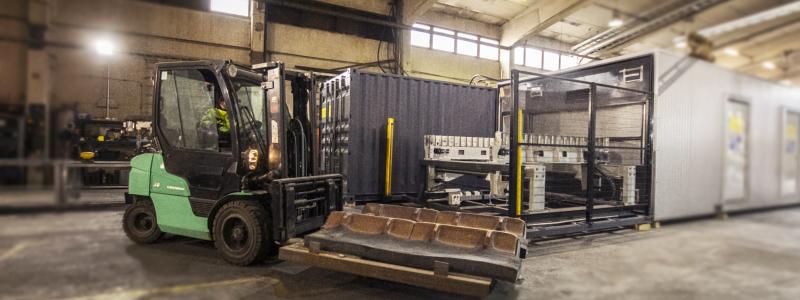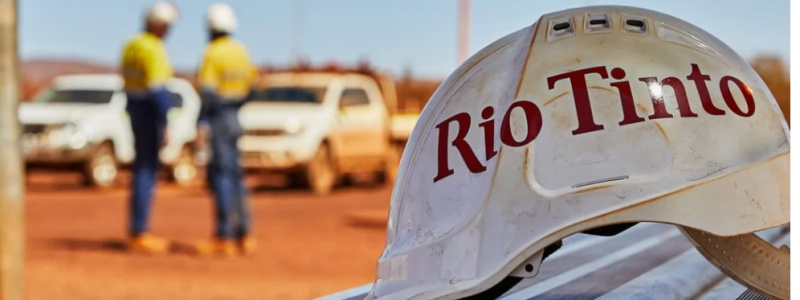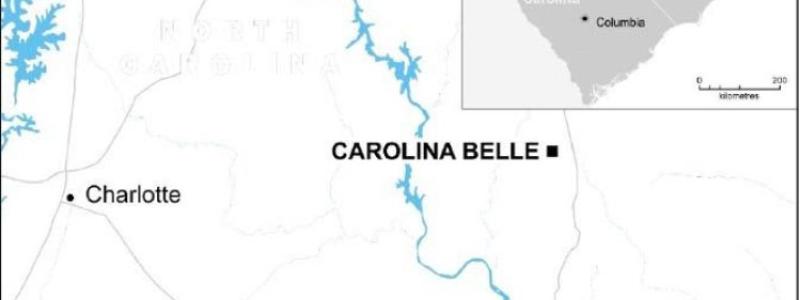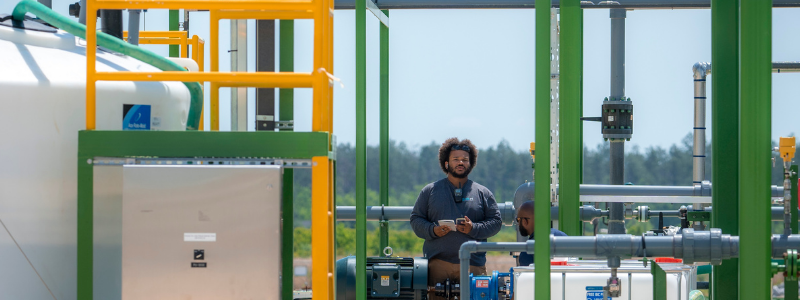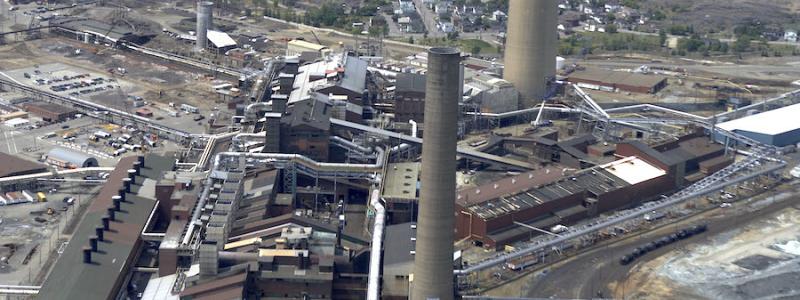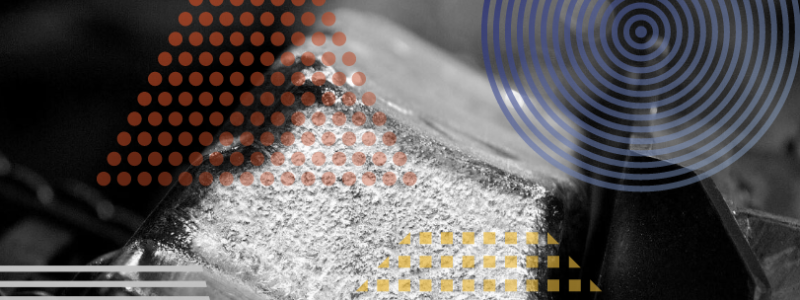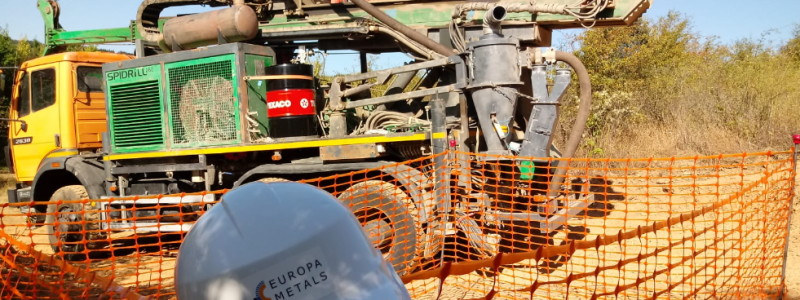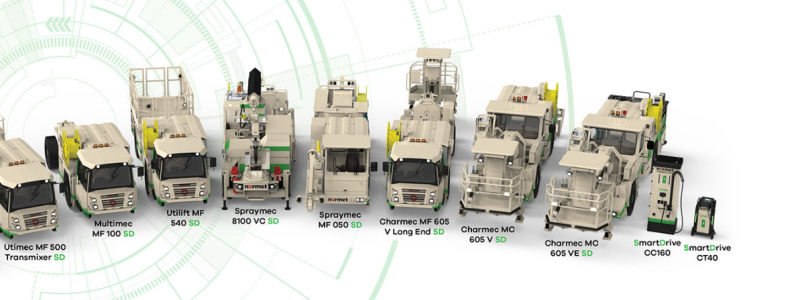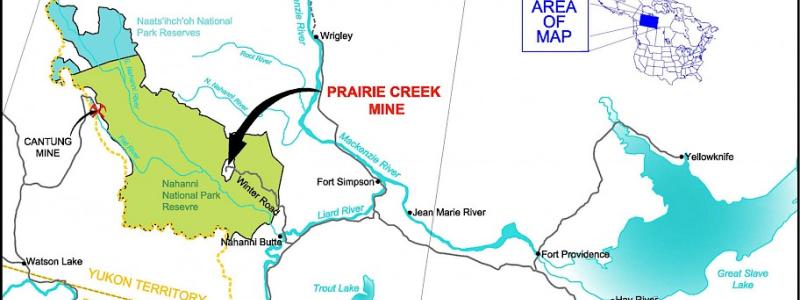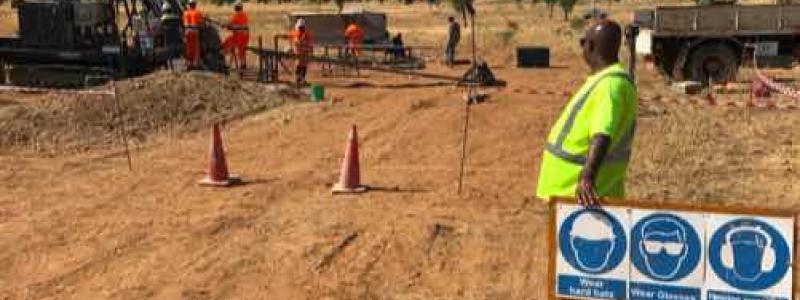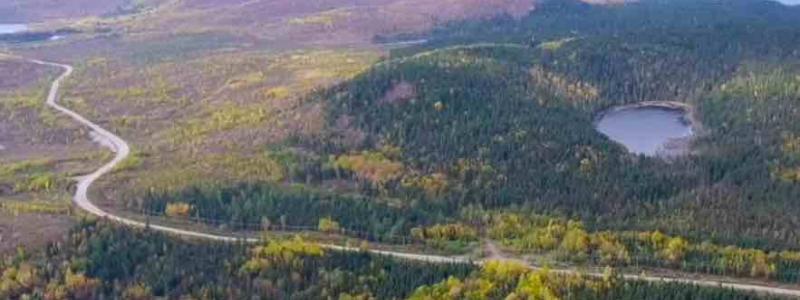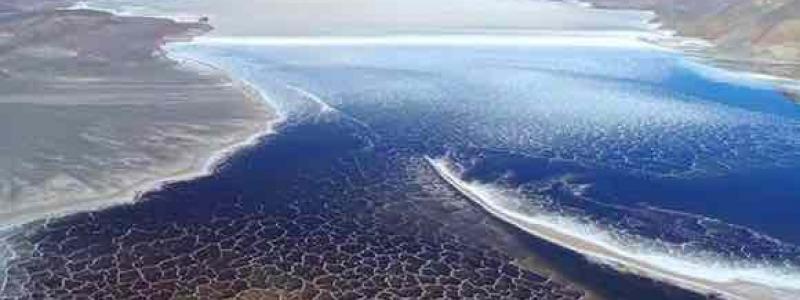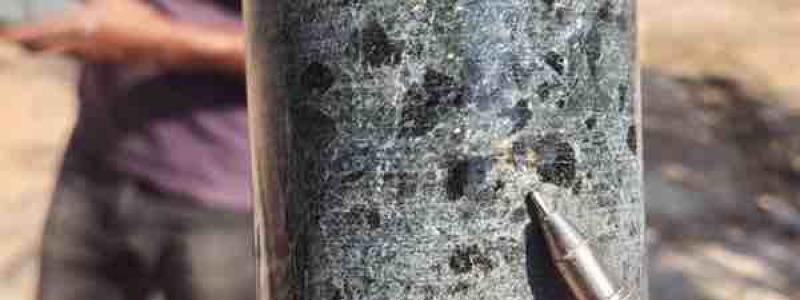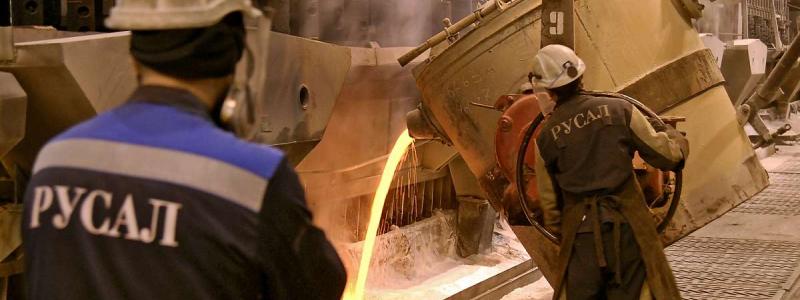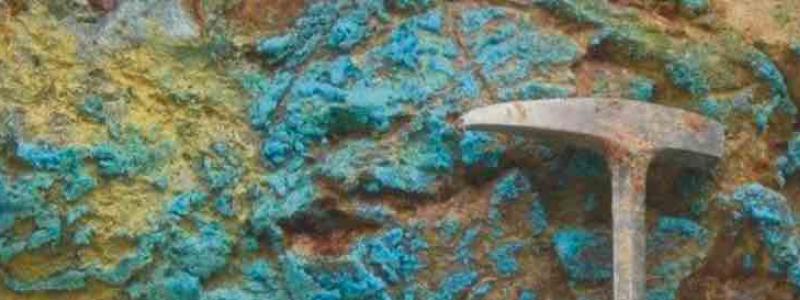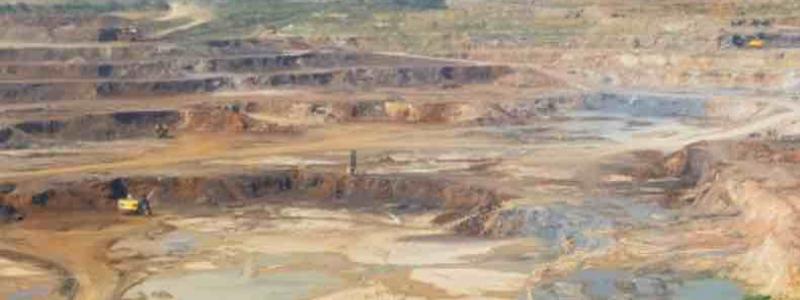Robert Friedland, Executive Chairman of Ivanhoe Mines (IVN.TO), and Lars-Eric Johansson, Chief Executive Officer, announced recently initial metallurgical test results from a sample of drill core from ongoing exploration in the Kakula Discovery zone, in a southerly portion of the Kamoa Copper Project.
The tests achieved copper recoveries of 86% and produced a copper concentrate with an extremely high grade of 53% copper. The results also indicate that material from Kamoa's Kakula and Kansoko zones could be processed through the same concentrator plant, which would yield significant operational and economic efficiencies.
The Kamoa Copper Project, located approximately 25 kilometres west of the town of Kolwezi, is a joint venture between Ivanhoe Mines and Zijin Mining Group Co., Ltd. The 60-square-kilometre Kakula Discovery zone is on the Kamoa mining licence, approximately 10 kilometres southwest of the Kamoa Project's planned initial mining area at Kansoko Sud.
Testing of the Kakula sample was conducted at Zijin's laboratory in China, using the flowsheet developed during the Kamoa pre-feasibility study (PFS). The material tested was a composite of drill holes DD996 and DD998, assaying 4.1% copper. As a comparison, testing of a previous development composite sample from the planned, initial mining deposit at Kamoa's Kansoko Sud zone and the adjacent Kansoko Centrale zone, assaying 3.61% copper, achieved an 85% recovery and a concentrate grade of 37% copper. The PFS circuit was optimized on this material.
Mineralogy on the Kakula sample of drill core confirmed that the material is chalcocite dominant, with lesser amounts of bornite.
- These preliminary Kakula metallurgical test results are positive as they indicate that the metallurgy at Kakula is very similar to that at Kansoko Sud and Centrale, and that mineralization from these three areas can be successfully processed through the same concentrator plant," said Vongani Nkuna, Kamoa's Senior Process Engineer.
- The next steps are to repeat and confirm the Kakula metallurgical results by running duplicate tests at Zijin's laboratory and XPS's laboratory in Canada. After this, we will look at minor changes to the planned Kamoa concentrator circuit to further improve recoveries. Once we have a resource model for the Kakula area, we will plan a rigorous sample selection and test work campaign."
Kamoa is planning to start the variability tests shortly on individual drill core samples from the Kansoko Sud and Kansoko Central areas.





